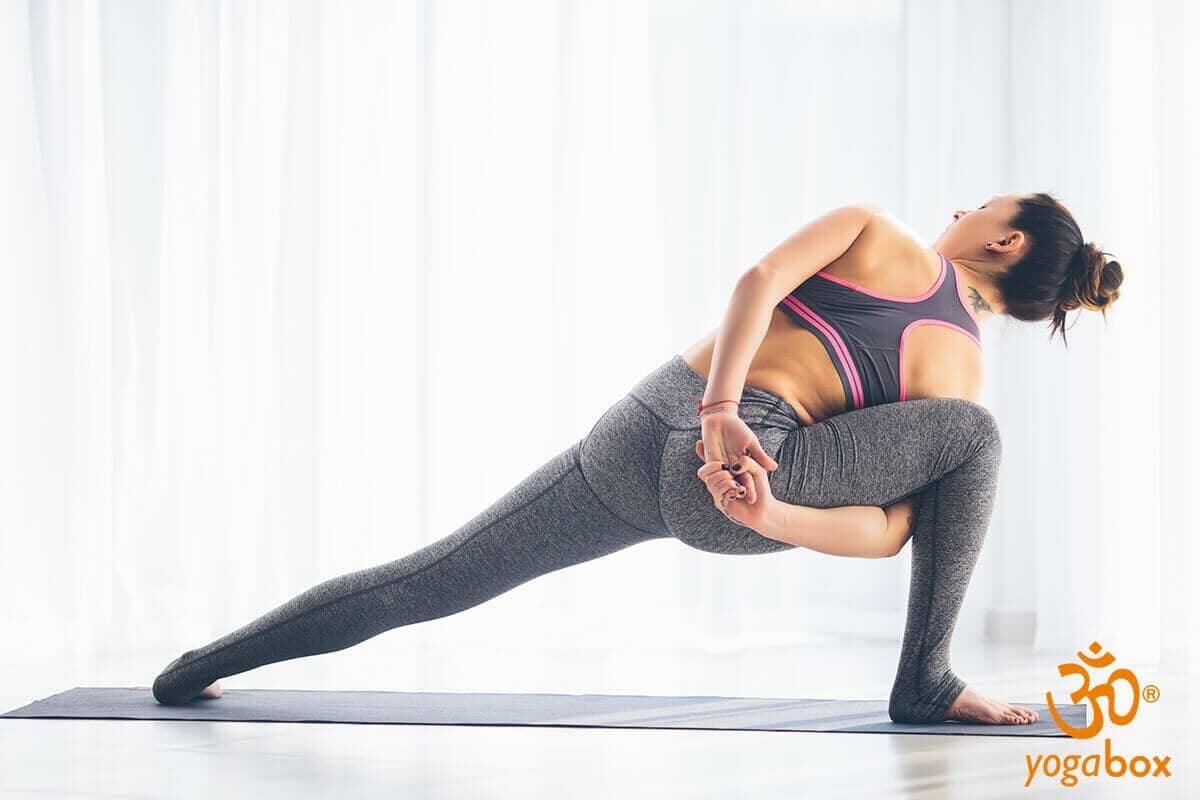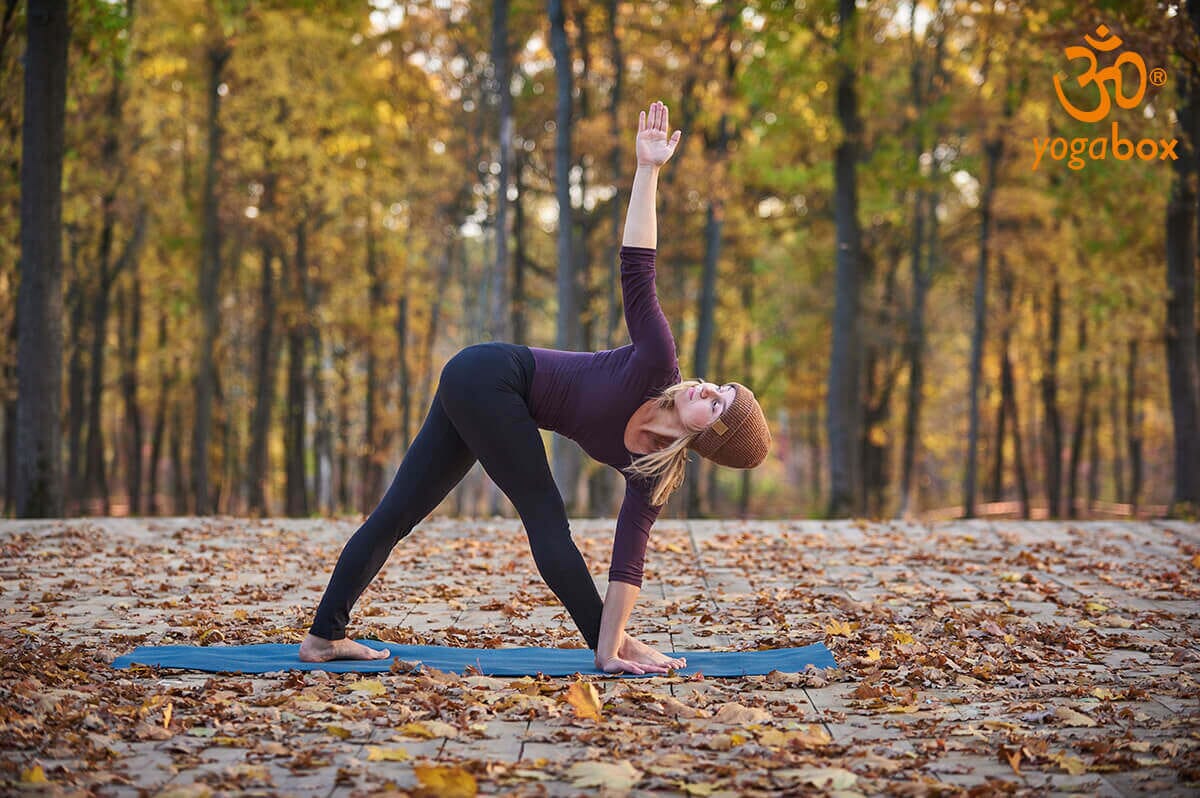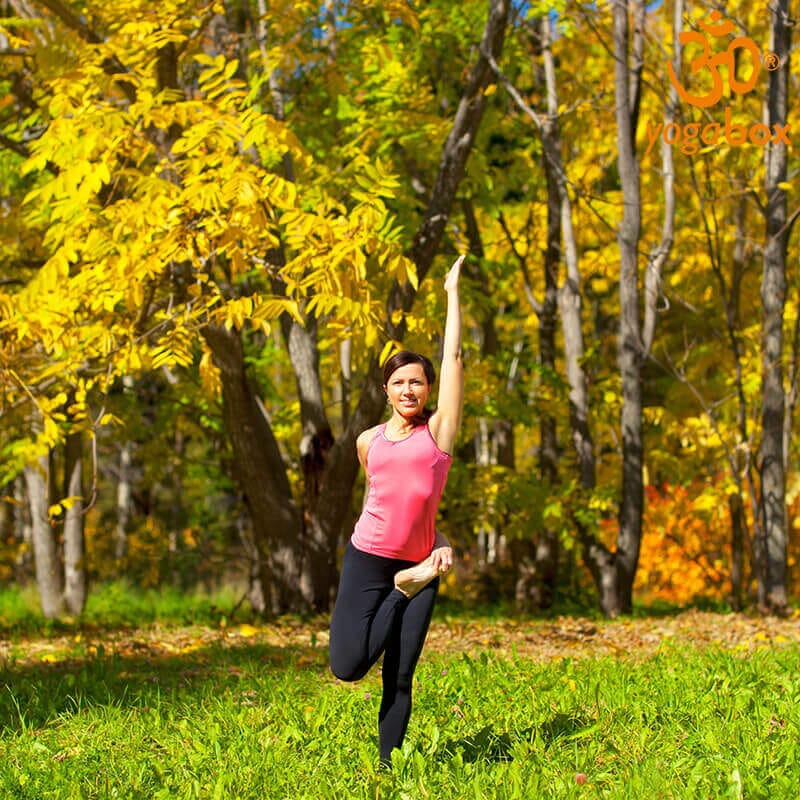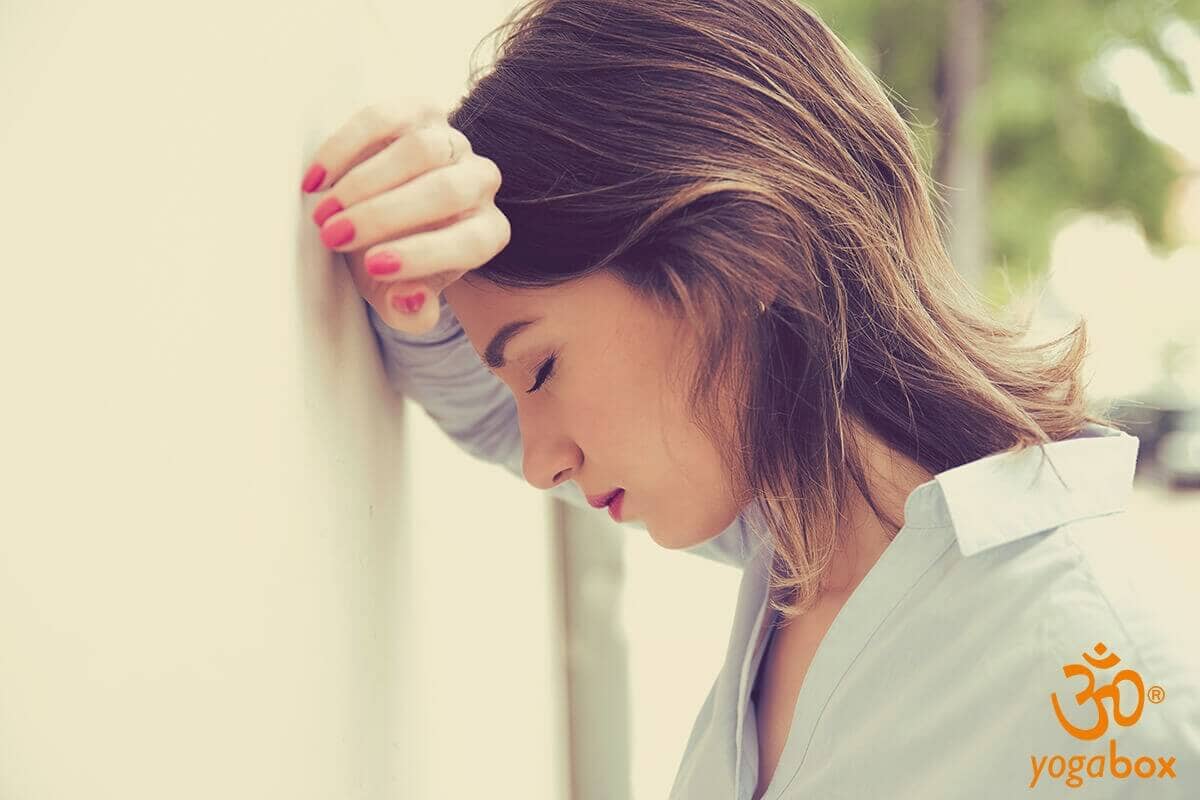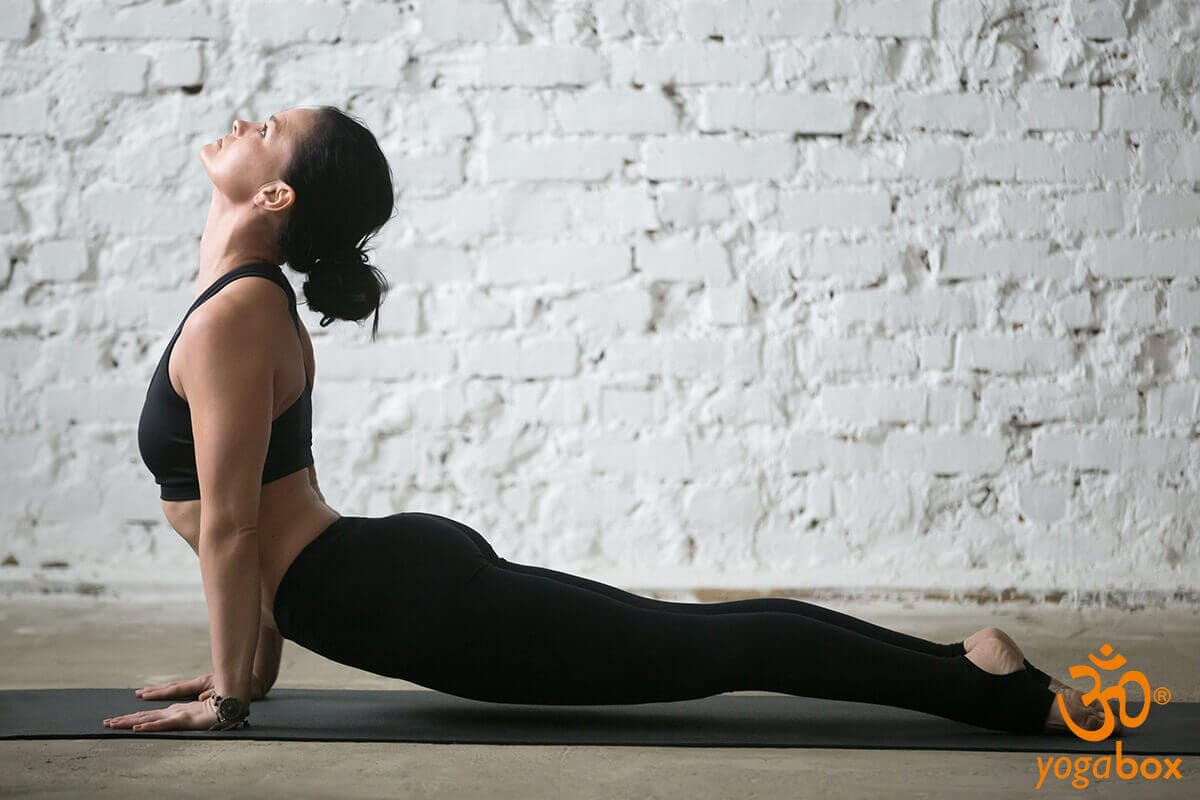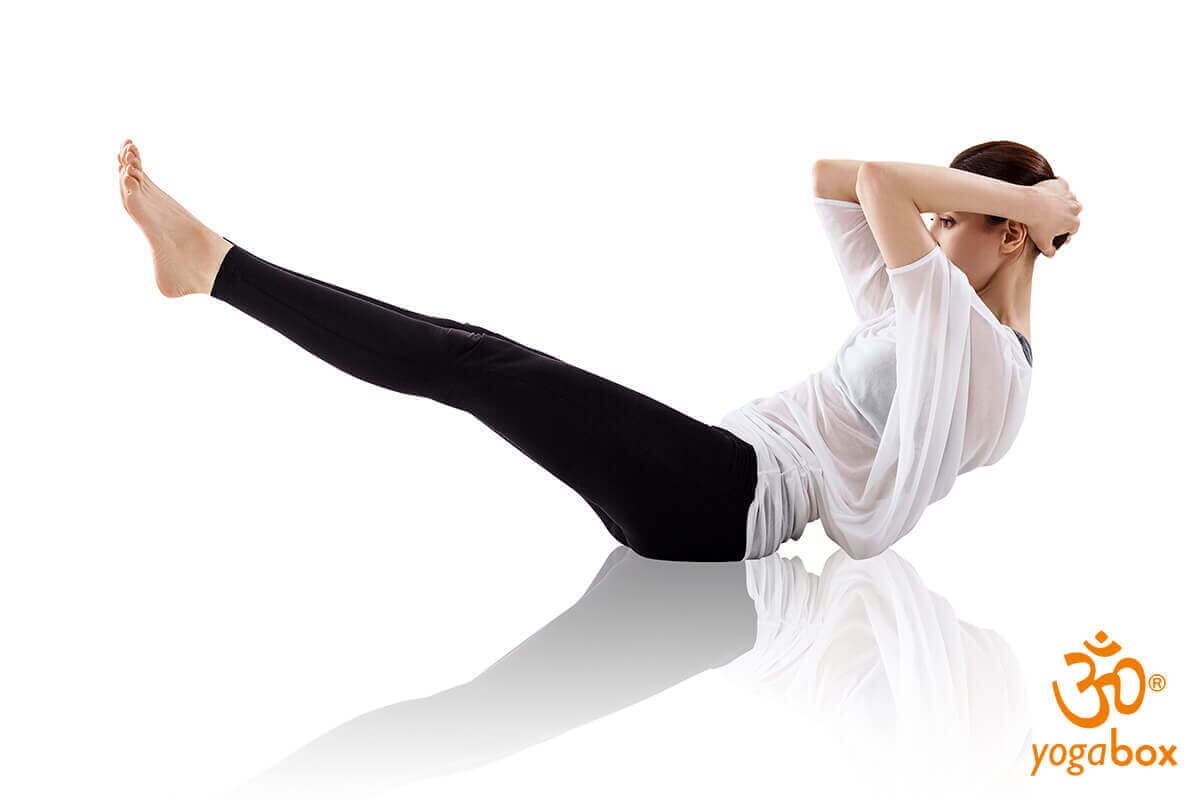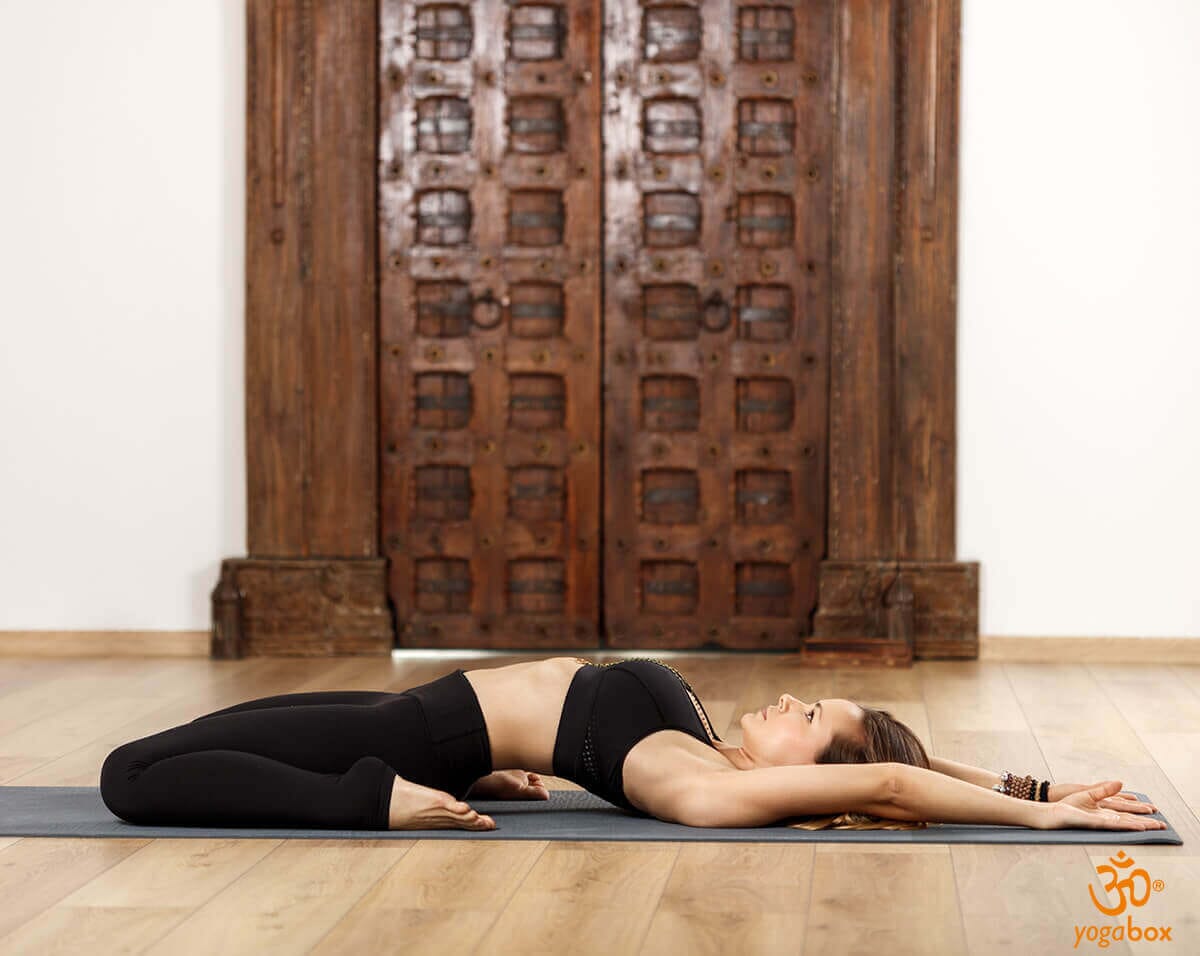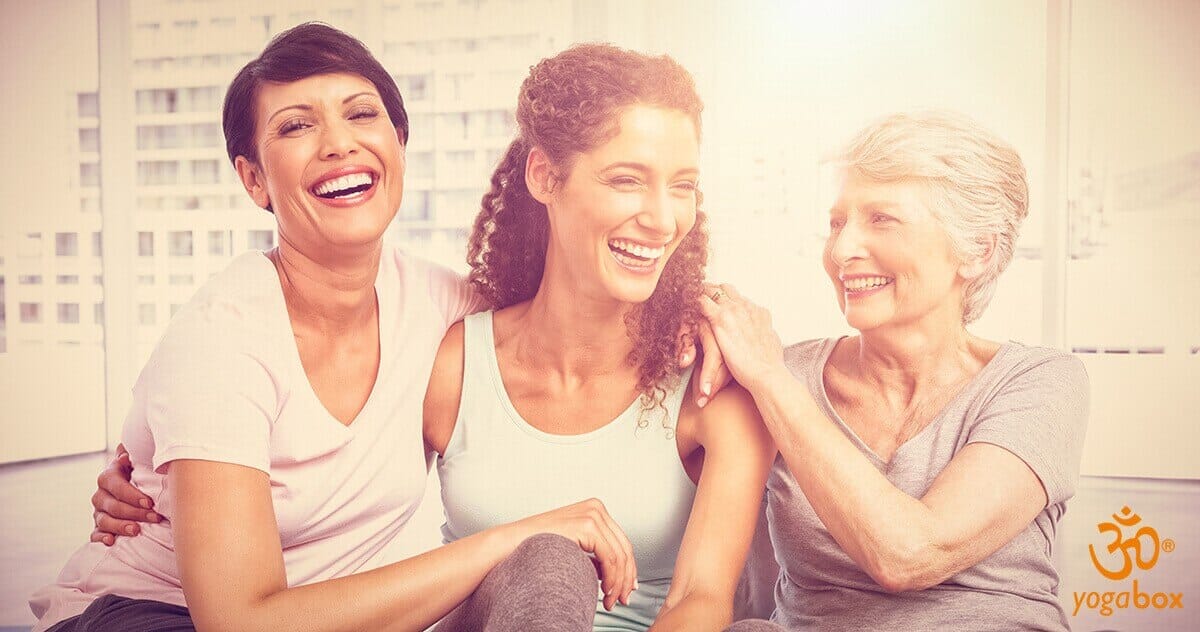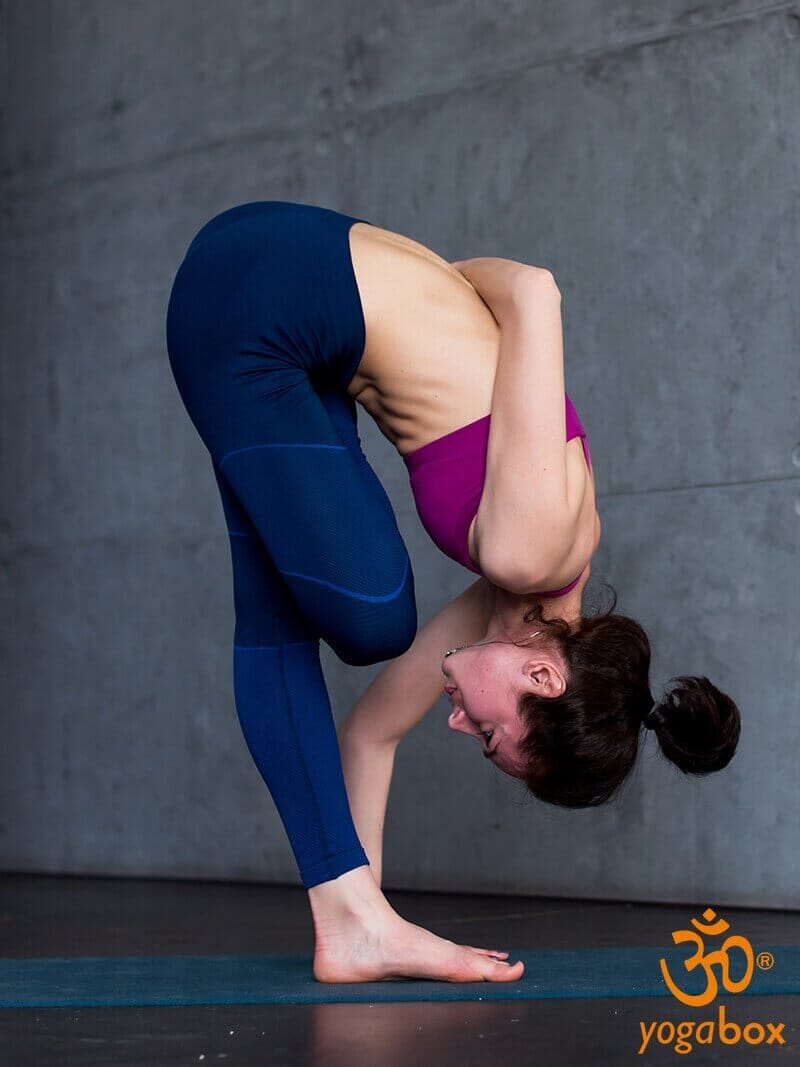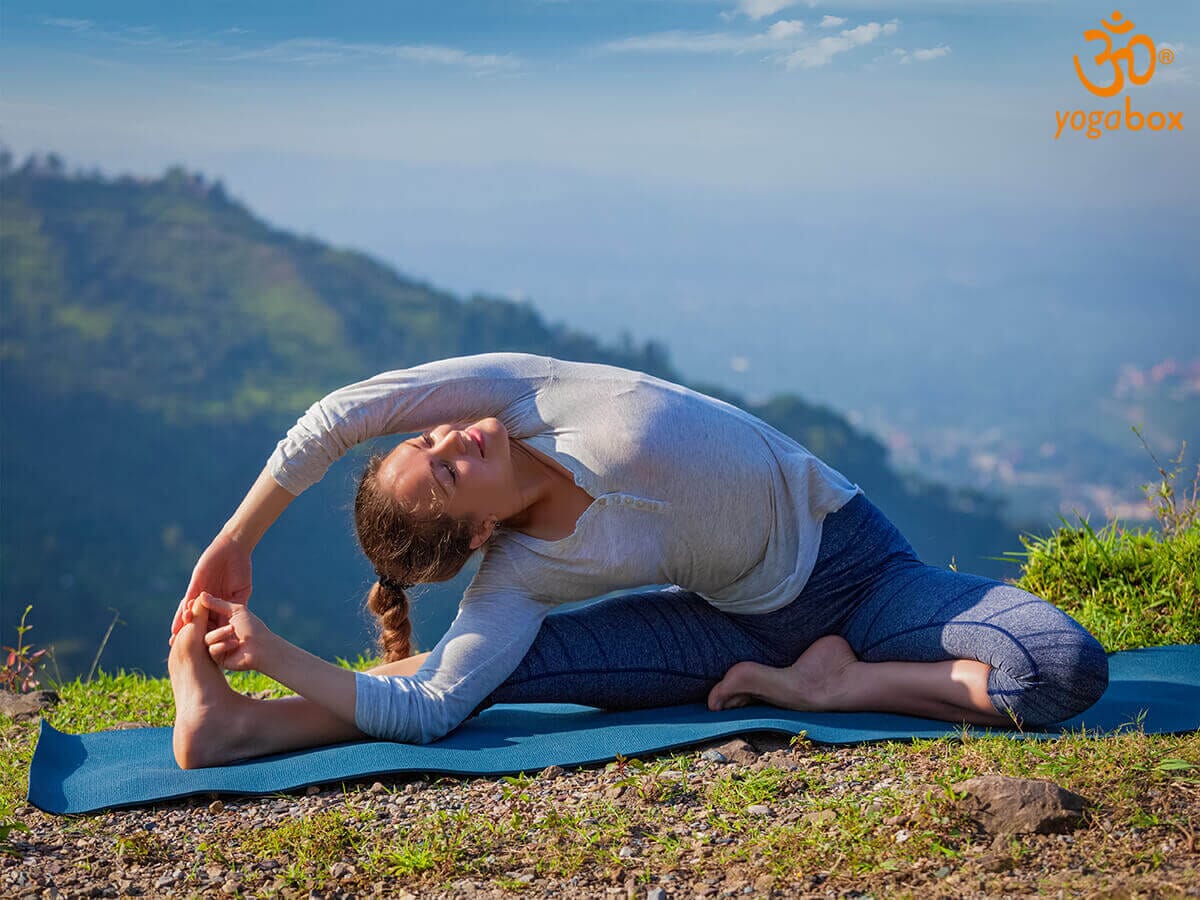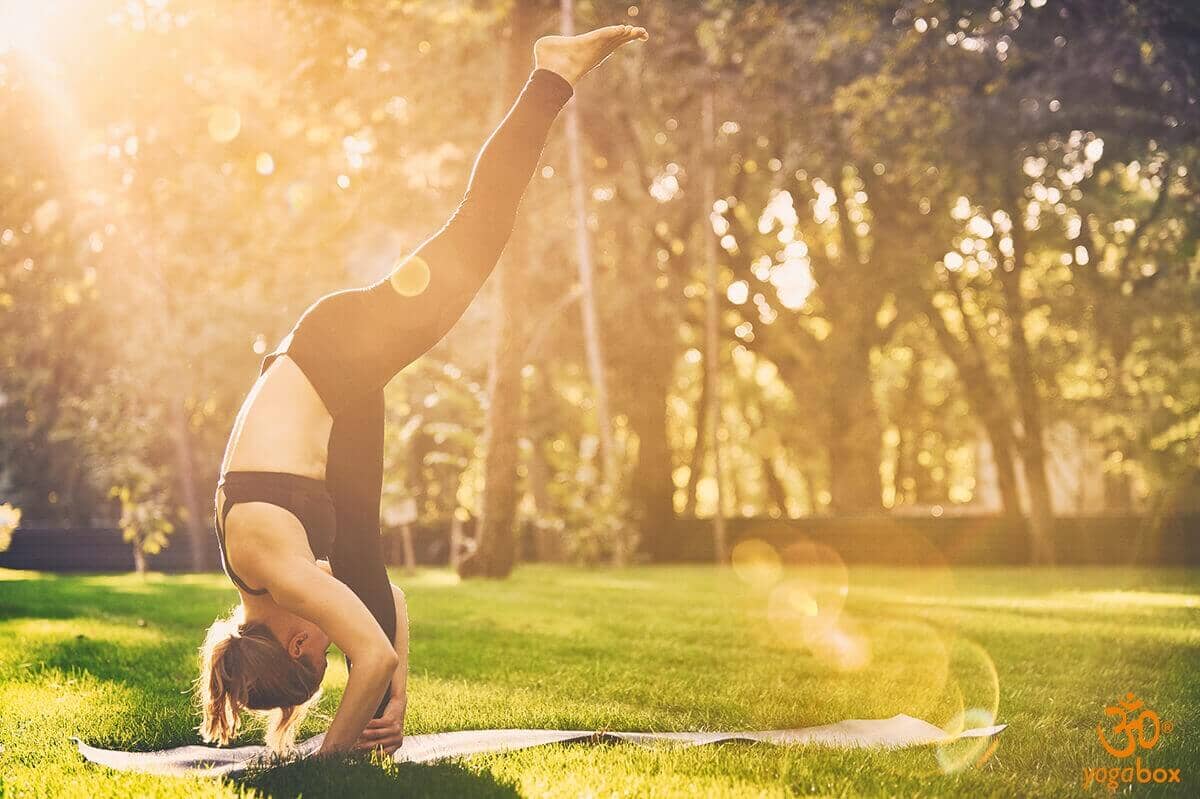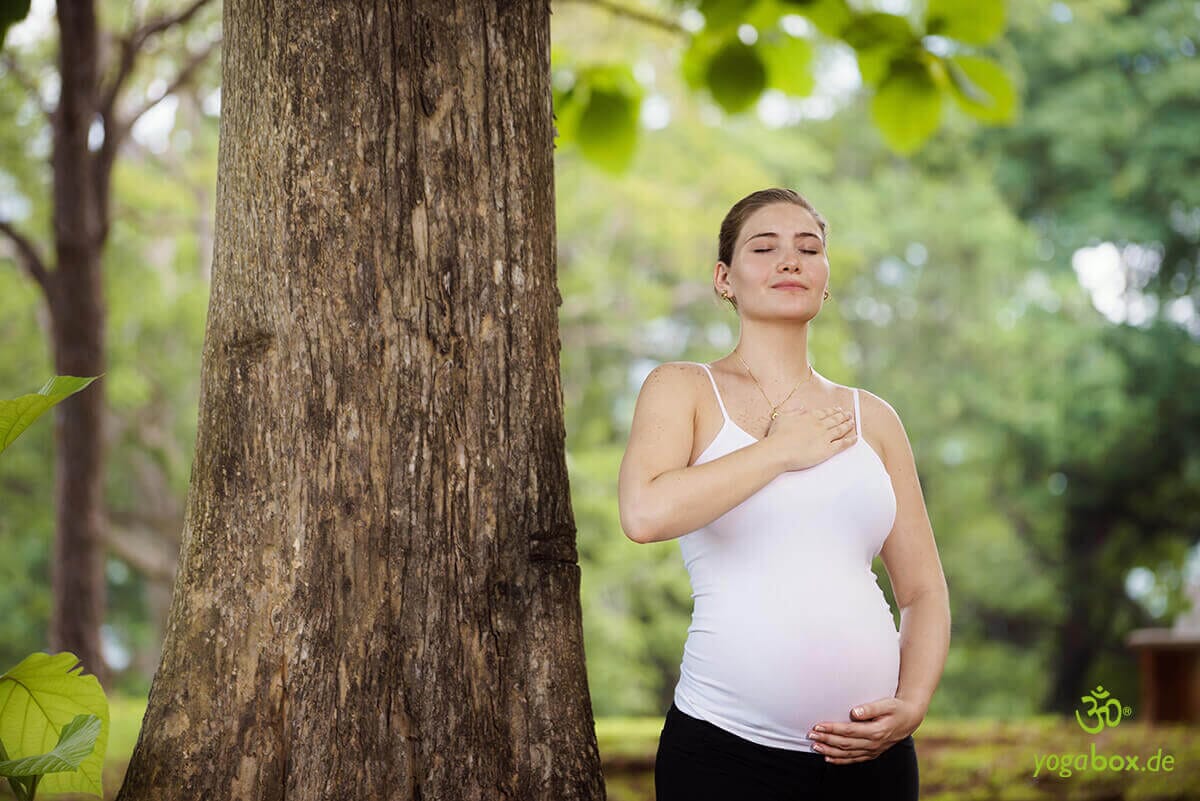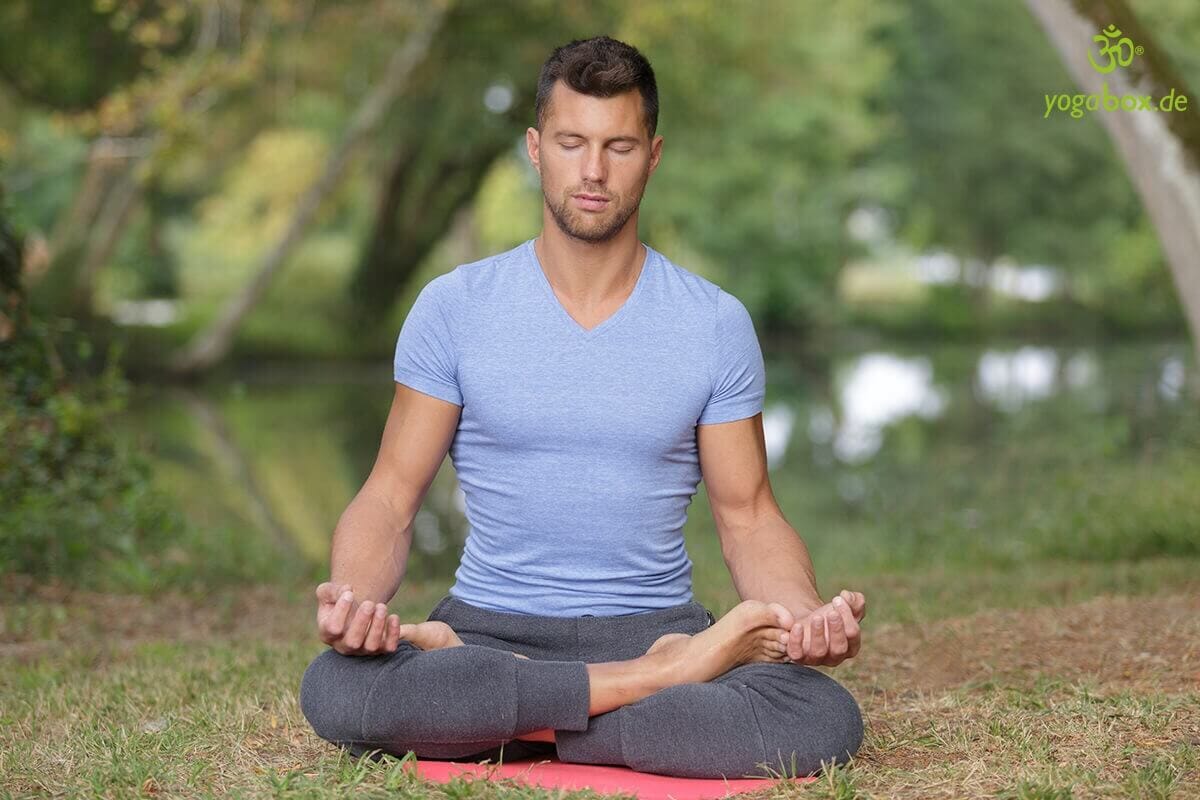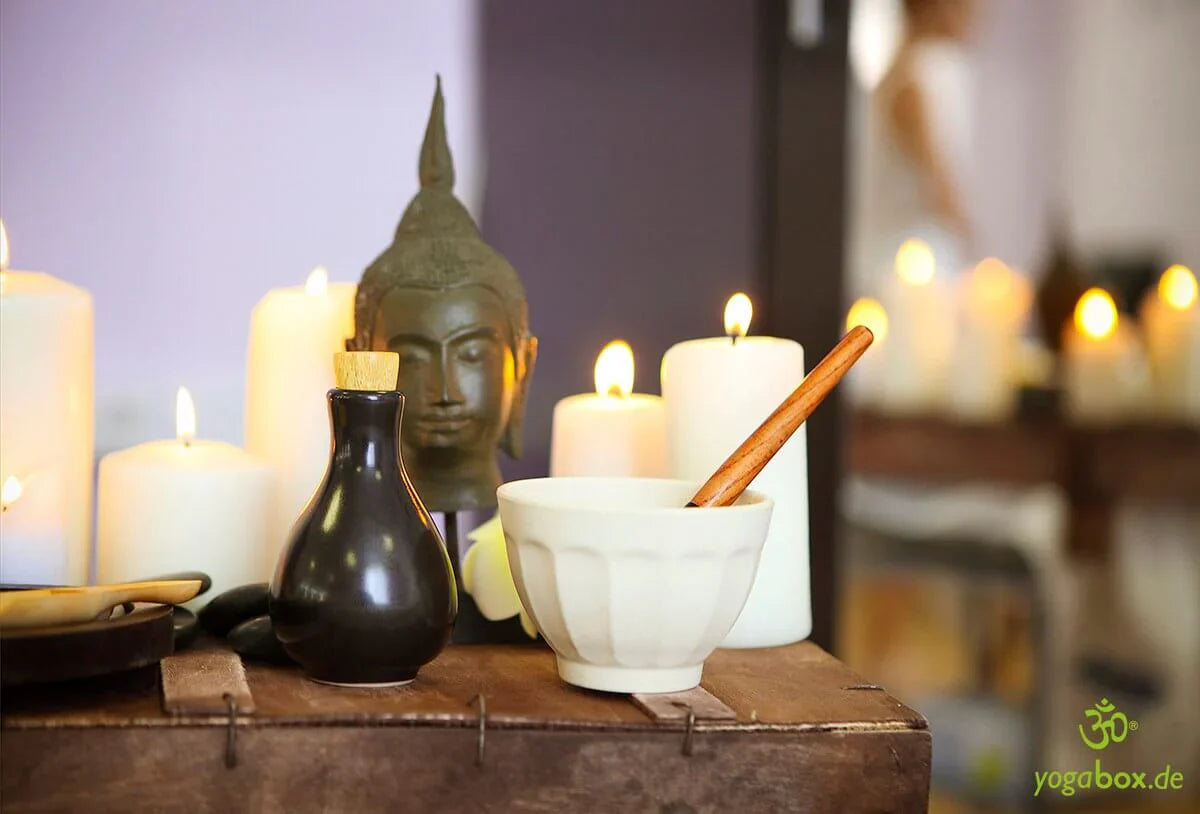Anti-stress yoga: for more relaxation in everyday life Yoga is known to trigger many different effects, which vary greatly from person to person. One of the effects repeatedly attributed to yoga is the finding of inner peace , shedding unnecessary mental baggage, and thus also relief from stress. Those who feel particularly stressed due to work, their personal life, or specific circumstances may find much-needed balance with anti-stress yoga and meditation—both strengthening themselves mentally and counteracting the physical ailments resulting from stress.
Stress can cause many physical problems
In our hectic daily lives, stress is by no means "only" psychological. Likewise, stress doesn't necessarily have to immediately manifest itself in burnout and the like, because sometimes it's simply the "minor" complaints that become more frequent and increasingly disruptive to everyday life. These include, for example, tension, back pain, sleep problems, or perhaps simply a bad mood. It's important to tackle the root of the problem. Many yoga exercises and practices aim to do the same, using various exercises to help find inner peace and thus create balance. As always, breathing also plays a crucial role, because proper breathing is said to help the body relax with anti-stress yoga and thus shed deep-rooted stress.
A typical exercise for anti-stress yoga
Yoga is, to some extent, a personal approach, which is why it's important to recognize which exercises are particularly effective and which ones don't necessarily lead to relaxation. Likewise, not all effects are immediately noticeable, although meditation exercises, in particular, are said to provide immediate relaxation. One of the typical exercises in anti-stress yoga is the so-called "chair flow," which promises to specifically reduce stress hormones and thus lower stress levels. This exercise is usually performed in the fresh air or at least near an open window, as breathing plays a key role. The exercise is also said to stimulate the metabolism and thus indirectly help replenish energy levels. In the "Chair Flow," you stand upright with your feet touching. Now, inhale deeply and simultaneously raise your arms upward. Then, as you exhale, bend your knees as if you were sitting down on a chair. As you exhale, draw your navel in toward your spine. Repeat the entire exercise three times. Then, as you inhale, stretch your legs out, place your hands in front of you in a prayer position, and stand on your tiptoes. As you exhale, return to the aforementioned "chair pose." You can repeat this anti-stress yoga combination ten times.
First aid if back pain and/or tension have already occurred
Another traditional exercise from anti-stress yoga is specifically aimed at existing back pain and is intended to provide relief. The general principle of this yoga style is: don't sit still! The back, along with its tendons and muscles, needs movement to regenerate. A "dynamic stretch" may help with some pain relief. In this exercise, you spread your legs as far apart as possible while sitting, keeping them straight the entire time. Your heels are on the floor, and your toes point toward the ceiling. Now, tense the muscles in your legs, open your arms to the sides at shoulder height, and face your palms forward. As you exhale, twist your entire upper body, first to the right and then to the left. Your left hand first touches your right foot or calf, then reverses the process. Hold the position for three breaths, then repeat five times. Image © auremar / 123rf.com
